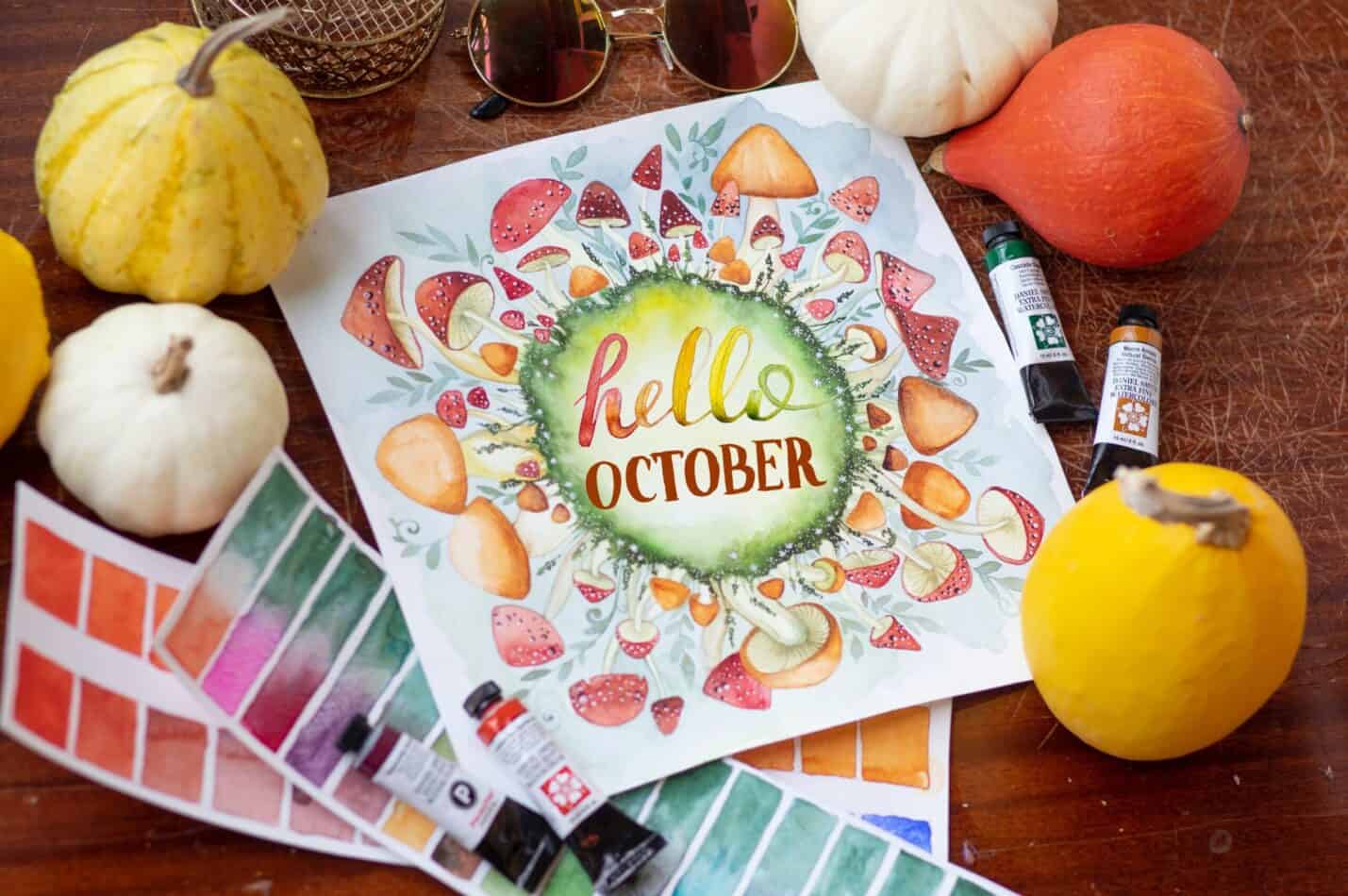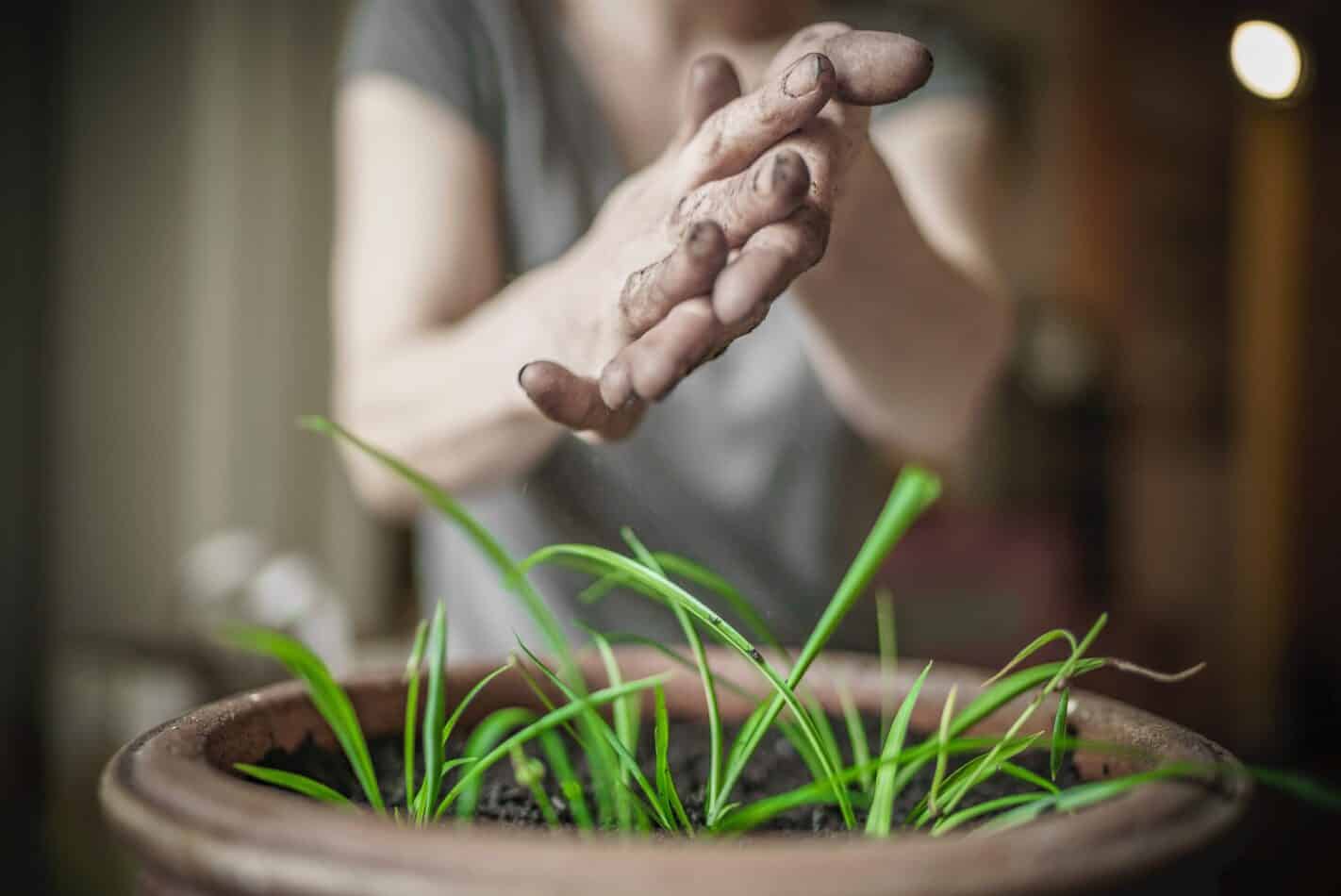The Canna genus consists of around 10 species, and many cultivars are available. Canna are large, tropical and subtropical herbaceous perennials. The attractive large, flat, leaves gradually unfurls with vibrant colors of green and variegated colors. Canna are not true Lilies but are just as beautiful. It attracts hummingbirds, bees and bats, and adds an exotic touch to any garden.
Canna Lily originates from tropical Americas, particularly the Caribbean and regions of South America. They were also conferred to Europe by the so-called ‘Columbian Exchange’. Some Canna are huge and make breathtaking specimen in gardens, and other are dwarf and are sometimes utilized in containers. These plants are also cultivated as ornamental houseplants.
The family for Canna plants is Cannaceae, which date back to the Tertiary Period, flourishing around the world. They are type of herbaceous perennials and sometimes tender. The Canna plants can reach up to 8 feet in height, they are annuals and when they are grown inside they will stay a bit shorter in size.
Light Conditions
In regards to light, Canna Lily needs light that is indirect. Partial sun to full shade is appropriate, but they do best in well-drained soil, with an acidic pH range of 6-6.5. They blossom in the summer with vibrant colors of red, orange and yellow. The general hardiness zones are 8-11 but they are considered tender perennials in areas 7 and colder.
Planting
When planting Canna, choose an area that has well-drained soils in an area that receives full to part sun. Plant the rhizomes 4 inches deep between 24”-36” apart. Find a planting spot following the mature size of the Canna and the space it takes up in the landscape. Rhizomes should be planted horizontally with the eyes facing downward.
Soil Conditions
It’s important to keep the soil moist, but not soggy. Apply water at the crown and base of the plants. Applying fertilizer every few weeks in the summer months can also help. Canna are moderate feeders, so ensure to not over-fertilize.
Pruning
Make sure to prune Canna as well. Cutting back the yellowing and expired foliage can aid in better air circulation for the plant, so that it is not prone to damping off. Green leaves can also be cut back in the mid-summer if the plant is not thriving. Also, make sure to deadhead the waning blooms as they come up in order to invite new growth and to reduce the chance of pests.
Propagating
When it comes to propagating Canna, you can use the reproductive method of dividing and replanting. This method allows the old clumps to split into smaller sections which in turn can be repotted and will produce bigger flower clumps in season.
Pests and Diseases
In spite of popular belief that Canna have no dangerous pests and diseases, pests such as nematodes, aphids, slugs, whiteflies, Canna worms, and mites, can still injure the leaves and stems of plants. Common diseases are root and bulb rot, bacterial wilt, blight, powdery mildew, and rust. This can all be prevented by purchasing healthy plants, avoiding excess fertilizing, and using disease resistant specialty varieties.
Frequently asked questions about Canna:
Q1: How long do Cannalast?
A1: Cannacan last from 1 to 2 years when grown outside, depending on the climate and the care they are given.
Q2: What is the lifespan of a CannaLily?
A2: Most Cannacan have a lifespan of 3 to 5 years when grown indoors as perennial, when grown consistently.
Q3: How do I pot Canna Lily?
A3: When potting Canna Lilies, it is important to use rich soil and either pot it directly or use a two step process of first planting it in a container for the roots to spread, and then potting the spreaders. It is important to water it thoroughly and let the soil dry out before watering again.
Fact Sheet
| Plant Types | Perennial |
|---|---|
| Mature Size | 8 feet |
| Sun Exposure | Partial Sun to full shade |
| Soil Type | Well-drained |
| Soil pH | 6-6.5 |
| Bloom Time | Summer |
| Flower Color | Red, Orange, Yellow |
| Hardiness Zone | 8-11 |
| Native Area | Tropical Americas |
| Uses | Ornamental Houseplant, Specimen in gardens |
What we love from Amazon this week
Buy these wonderful flowers directly from Amazon:















